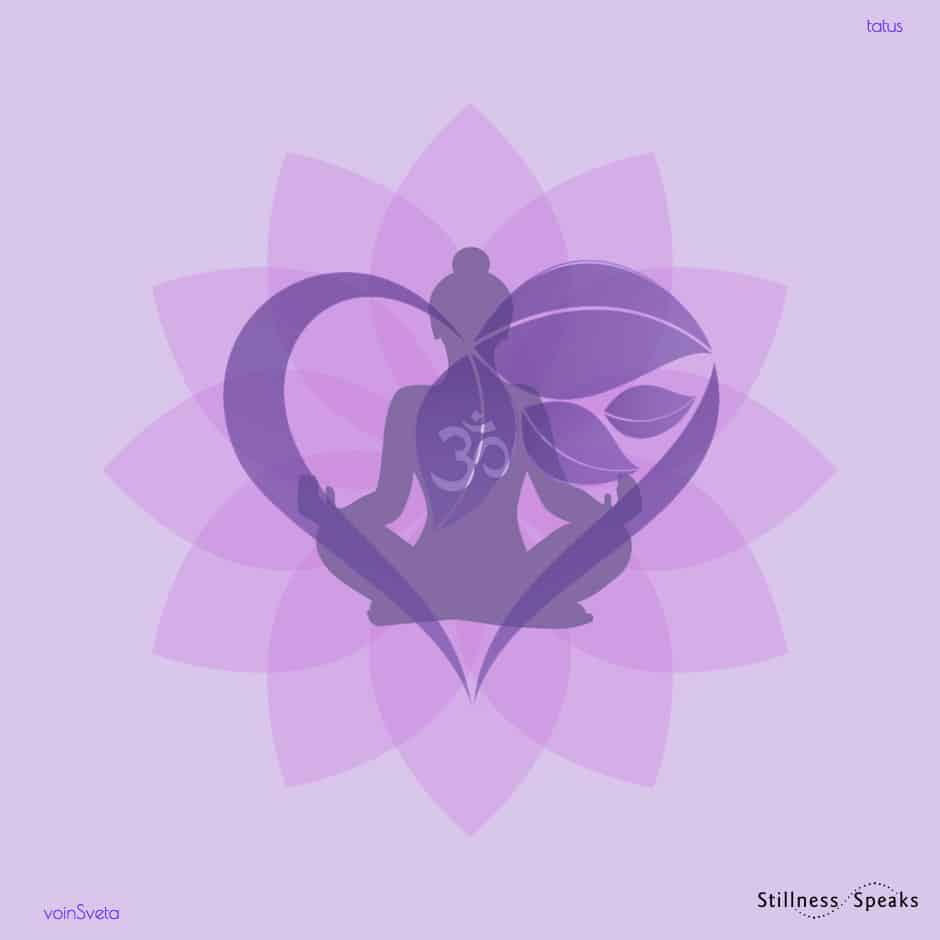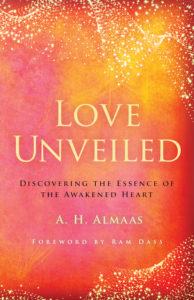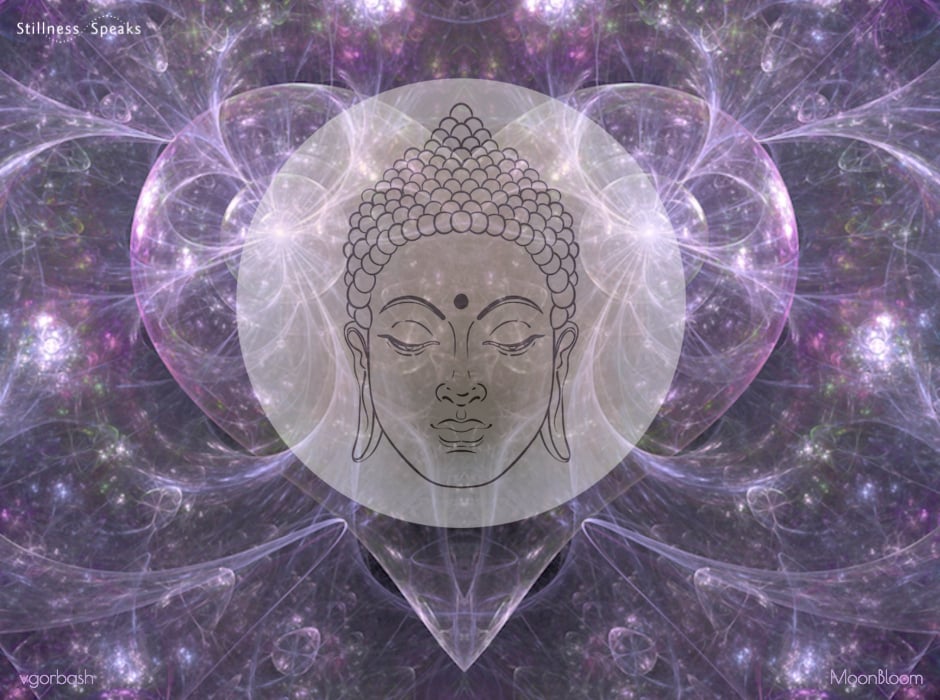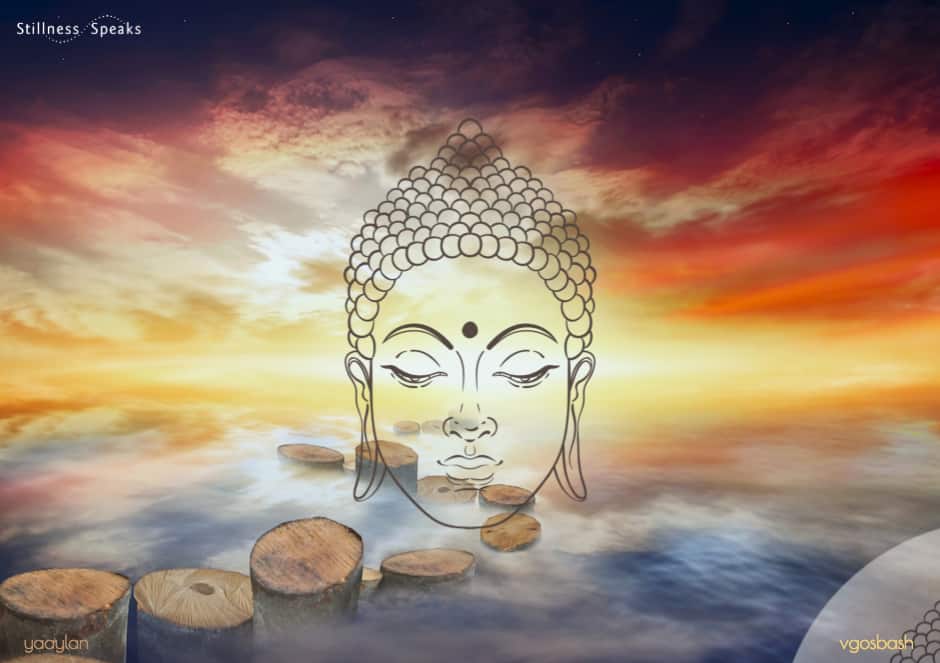“… Love is a fundamental ingredient that the soul needs for its survival and development …” ~ A. H. Almaas
Read about our Shambhala Publications Series launch (Dec 15, 2021) by clicking here … this post is part of this series even though it was published before the launch.
As part of our ongoing efforts to bring balance to the impact of the “COVID crisis,” we continue the focus on qualities that bring humanity together, e.g. kindness, compassion, love, forgiveness, and more … so, today we continue a deep dive into love – the “seed” for dissolving separation …
But … before we take this dive … it is important to acknowledge that, in the midst of the pandemic, our health and safety is being assured through the ongoing, heroic efforts of people at the “COVID front lines” … and Go Fund Me needs to be commended for organizing various campaigns for the COVID-19 relief efforts. All of these campaigns are worthy of our attention … but for now we want to highlight TWO critical ones that we are supporting personally and also as Stillness Speaks (through donations):
We are all facing financial challenges but IF your situation allows you to donate and help then …
… please visit Frontline Responders Fund’s Go Fund Me page … and help deliver crucial supplies to these frontline responders …
… and/or visit America’s Food Fund Go Fund Me page and help feed the neighbors in need.
And, we again, express our deepest gratitude to a) the COVID-19 Frontline Responders (all the healthcare professionals – doctors, nurses, hospital/medical-services staff – firefighters, law enforcement, volunteers, and any/all the people involved in keeping the “system-at-large” functioning for ALL of us) … and b) Go Fund Me for organizing America’s Food Fund to feed the needy.
THANK YOU – our lives would not be possible without your dedication.
So, back to the deep dive into love … this post is part 2 of a 4-part series that’s exploring “love and its many faces on the spiritual journey” through excerpts from A. H. Almaas‘ recently released (March 2020) book Love Unveiled: Discovering the Essence of the Awakened Heart that “… is about love as an aspect of the presence of our true nature …” …
… in part 1 we shared the entire Introduction where Almaas’ starts unpacking love while sharing his six aims for this book (which is the first of a 3 volume series on love) … thus setting the stage for his subsequent explorations into love …
In this part 2, we look at personal or appreciative love (the 1st of the three kinds – posited by Almaas – and the other two being merging or connecting and passionate or ecstatic love) … through excerpts from the chapter titled: The Soul’s Love Affair … where he suggests that “… The soul is a living consciousness—it is not a thing—so it needs love as part of its food in order to grow, mature, and become what it can become …” and then delves into this personal love through unpacking a Rumi poem …
For another perspective on the “larger” love, visit one of our posts: Love & Awakening … by Francis Lucille.
All italicized text below is from Love Unveiled and is published here with the gracious permission from the publisher Shambhala Publications. Shambhala has also generously offered a free downloadable PDF of the Table of Contents (link is at the bottom of the post). You can purchase the book at Shambhala or Amazon.
The Soul’s Love Affair
In this book, we will be exploring an aspect of our work that I usually approach indirectly—the aspect of love. I prefer the indirect approach because this aspect is subject to a great deal of misunderstanding and even abuse by the culture at large, and specifically by many spiritual groups and teachings. This is partly because everyone has all kinds of ideas about what love is and what it means. We use the word all the time as if we know very well what love is—what it means and what it’s all about—but, in fact, we each have our own ideas. This makes it difficult to talk about the concept of love and know that we are all speaking about the same thing. In the Diamond Approach, we see love as a result of actualizing the essence of who we are rather than as something that we work on directly. Hopefully we will learn something about the real nature of love and it’s true function in our work.
It is clear that love is important for every human being—the soul needs love in a basic and fundamental way. However, if you ask, “Why does the soul need love?” most people won’t know. They just know that they want it. They want it, or they need it. They need to have it, and they need to give it. They need to experience it. Why? It is hard to say.
In some sense, love for the soul is like oxygen for the body—it is that basic. Love is a fundamental ingredient that the soul needs for its survival and development. If the human soul does not have love, it will suffocate. It will shrivel up and die. And if love is available only in a limited way, the development of the soul will be limited as well. The soul is a living consciousness—it is not a thing—so it needs love as part of its food in order to grow, mature, and become what it can become.
We will make clear in various ways the need for this basic ingredient in our “spiritual metabolism.” We will see that all metabolism is actually spiritual metabolism. Everything in life – whatever we do or experience – affects the growth and development of the soul. That is what “spiritual metabolism” means. We just call it by different names at different stages.
We know that we need love. All human beings know, whether in their minds or their hearts, that love is important and primary. Everyone is looking for it. Everyone talks about it. And if someone is not acknowledging that he needs it or wants it, it is obvious that he is fighting against feeling that. If someone tells you, “I could live my life without love,” you know it is a lie. Should he manage to live a loveless life, you can be sure it will be a stunted life.
But why exactly do we need love for our growth? What will it do for our development? For our soul? We have all kinds of ideas about love, but we will most likely find that we don’t have a precise and accurate understanding of what love is or what it is for. For instance, one of the common misunderstandings about love is that it is just a matter of feeling a certain way. If we are feeling sweet and nice toward someone, we call that love. We do not see that at the moment we are feeling sweet and nice—what we call being loving—we might be doing something that is hurting the person. Have you ever had the experience of your significant other telling you “I love you” when the tone implies “I love you even though you don’t really deserve it”? If so, you probably felt pretty crummy; yet your partner most likely believed she was being loving.
So, we frequently think of love as a feeling, and we don’t include our actions in our definition. And even the feeling of love is seldom full or complete. Knowing love in terms of what love does—the action of love—is a very rare understanding. This “action of love” is an important focus for the work that we want to begin.
My interest in teaching about love does not stem from a desire to help you have a better love life. That may or may not happen as a result. We are exploring love because we want to know love in its most basic and real way. This means coming to know how love relates to our spiritual development. What does love have to do with our spiritual process? We will come to realize that all the ways we need love are simply reflections of the fact that we need love for our spiritual growth.
Almaas then talks about the two stages in the soul’s development: the animal soul and the human soul (originally defined in his previous work, the Diamond Approach) which is not covered in this excerpt … except to highlight that the animal soul develops into the human soul because of love and “… What differentiates the two stages is that the human soul has a heart …” and then Almaas delves into the unpacking of having such “heart” … and concludes that section by positing “… Like the development of the heart, the development of love is inseparable from the re nement and development of the soul …” … he then uses a Rumi poem to give us a “fuller idea of what love is for the soul” …
The Rending of Veils
A poem by Rumi will give us a fuller idea of what love is for the soul, as this is our primary work in terms of understanding love. Rumi, a thirteenth-century Sufi from the Middle East, is considered to be one of the most spiritual or mystical poets who ever lived. Rumi was a poet of love. If we can get an idea of what he means by love, we can understand our journey to love in a deeper way. The poem goes like this:
This is Love: to fly heavenward,
To rend, every instant, a hundred veils.
The first moment, to renounce life;
The last step, to fare without feet.
To regard this world as invisible,
Not to see what appears to one’s self.
“O heart,” I said, “may it bless thee
To have entered the circle of lovers,
To look beyond the range of the eye,
To penetrate the windings of the bosom!
This poem expresses what love is for Rumi, as well as the meaning of love in relation to spiritual work. We will see that spiritual work always involves love.
First, Rumi defines love as “to fly heavenward.” What does that mean? It means to journey toward the ultimate mystery, to move toward the source, which is usually seen as the ultimate heaven. So, “to fly heavenward” means spiritual journeying. From one perspective, then, we can call the work “flying”—which is looking at the work from the perspective of love. Why? Because love has a smoothness, a lightness, and an airiness to it. It has a happiness, a bubbliness, a carefreeness, and a movement that is smooth, light, easy, and soft. It is not jagged or harsh or hard. As we go on, we will discover more meanings for this phrase.
In the next line, Rumi gives us an exact explanation of what it means to fly heavenward, what it means to love: “To rend, every instant, a hundred veils.” This means that flying, which is the same thing as the action of love, is the rending of veils. Love is not an emotion you feel toward your own pleasures. Love is the motive, the motive power, the motive energy that impels you, that makes you want to fly heavenward. It is also the very activity, the very process, the very action of flying heavenward.
Love is the motive force that makes you desire to know the truth, and it is the energy, the action, and the process itself of penetrating and rending the veils as you encounter them, one after another. As you see more and more of the truth, as you go from one veil to another, from one level to another, you are rending the veils. And that rending of the veils is love. Why is it love? Because it is motivated by love and is the action of love. You are doing it because you love it. The whole process is loving. The motive comes from love, the process is love, and it is going someplace because of love—the whole thing is a love affair.
Right away, Rumi is telling you that love and truth are inseparable. The revelation of truth is love; the action of love is the revelation of truth. They are the same. They are not two things. That gives us a very good insight into why love is needed.
What is the job of the soul? What is the soul for? According to Rumi—and in our work—the soul’s job is to complete herself. This means growing, maturing, and joining the Beloved, the ultimate source. The soul develops, matures, and gets closer and closer to the source until the moment of union. This journey of the soul is inspired by love, motivated by love; it is the action of love and the union with love. Without love, the soul cannot grow, cannot develop, cannot mature, cannot find and unify with its Beloved.
As we look at each aspect of love in detail, you will see this relationship of love to the soul at any level of its development, not just in spiritual work. And that there is an intimate connection between the soul, love, and the source—a very, very intimate connection.
In the next line, Rumi goes on to say something more about love: “The first moment, to renounce life.” What can this mean? It means that the moment you are born, before you ever experience life, you already say, “I will give it up for my Beloved.” This shows you the power, intensity, completeness, and fullness necessary to accomplish the journey. “The first moment, to renounce life”: Imagine how much love you would need to have in order to tell a person, “Well, I’ll give up my life for you before I even live a second of it.” You haven’t even tried life yet, you haven’t even had one taste of life, and you are saying, “I will give it up for my Beloved.”
The next line is “The last step, to fare without feet.” Both of those statements are pointing to something intrinsic about love. Love has a detachment to it. What is it detached from? From everything that life has to offer, all the manifestations to which the animal soul is attached. Love brings detachment from all these things. The animal soul wants to live, wants to eat, wants so many things, but love gives it another value system—one that makes the soul see that all those things are ultimately insignificant. If love is complete, if it is really integrated, then a person is willing to give up physical life if that is what is called for. Rumi is saying that for us to complete the task, to unify with the source, our love needs to obtain a power that gives it this full detachment from all that life offers us.
Rumi provides us with a little more detail by saying, “The last step, to fare without feet.” He is talking about the last step of your life. How do you leave life? And how can you fare without feet? Faring without feet means that you take your last step without stepping on the earth, without leaving any trace. Leaving without a trace means that you have no attachment. You depart to the divine leaving no trace of oneself. No imprint is left behind. This is similar to what is called traceless enlightenment.
In the next line, Rumi continues by saying, “To regard this world as invisible.” This means that if we act according to love, we are seeing beyond the surface, beyond the forms this life gives to us. It means that the world is transparent, so we can see through it. For example, when we look at a person we love, what makes us love them is that we can see through the veils. When we look with love, we are rending the veils and seeing what is deep within that person.
If we look merely at the surface of things, we see only the world that is visible to the physical eye, and our love doesn’t go very deep. From this vantage point, the world seems opaque. “Not to see what appears to one’s self ” means not to focus on, not to see as most important, all the forms, images, and objects that appear to us. Remember, Rumi is interested in the Beloved, the ultimate nature. If we want to penetrate to the ultimate mystery of existence, we cannot see the world as opaque; it has to become transparent to us. Then we can see through it, and it becomes less important in relationship to the depth.
Rumi continues: “‘O heart,’ I said, ‘may it bless thee / To have entered the circle of lovers, / To look beyond the range of the eye.’” What does it mean to have entered the circle of lovers? It means that you have developed a heart. Rumi is saying that you don’t look just with your eyes; you look deeper and beyond. The range of the eye reveals only the appearance, the surface. But now your heart sees as well, and because you feel love, you are seeing beyond. It means that your soul is transparent enough, refined enough, to see beyond the surface, beyond the external form.
Rumi concludes by saying, “To penetrate the windings of the bosom.” As you know, we do a lot of penetrating of the windings of the bosom as we explore what blocks our heart from opening. “To look beyond the range of the eye, / To penetrate the windings of the bosom”: Rumi is speaking of love in two ways here. He is saying that your perception has to become deeper and your heart has to become emptier, more open, and more transparent. So, the two go together—the seeing and the heart love are the same thing. Rumi does not differentiate between them. He sees rending the veils and penetrating the windings of the bosom as two sides of the same process.
This poem gives you an idea of the quality of love needed to unify with the Beloved. A rending of the veils has to happen, and this requires a growing fullness and maturity of love. Rumi tells us that when love is complete, fully integrated, and mature, we will unify with the Beloved without a second thought.
~ A. H. Almaas
Stay tuned for … the next part … where Almaas will delve into the second of the three kinds of love – merging love – through an excerpt from Part Two: Chapter 8 – The Longing for Union …
And, may you remain safe and healthy as you navigate this pandemic.
All italicized text above is from Love Unveiled: Discovering the Essence of the Awakened Heart by A. H. Almaas … and is published here with the publisher Shambhala Publications’ generous and gracious permission. Click here for the free, downloadable PDF of the Table of Contents.











